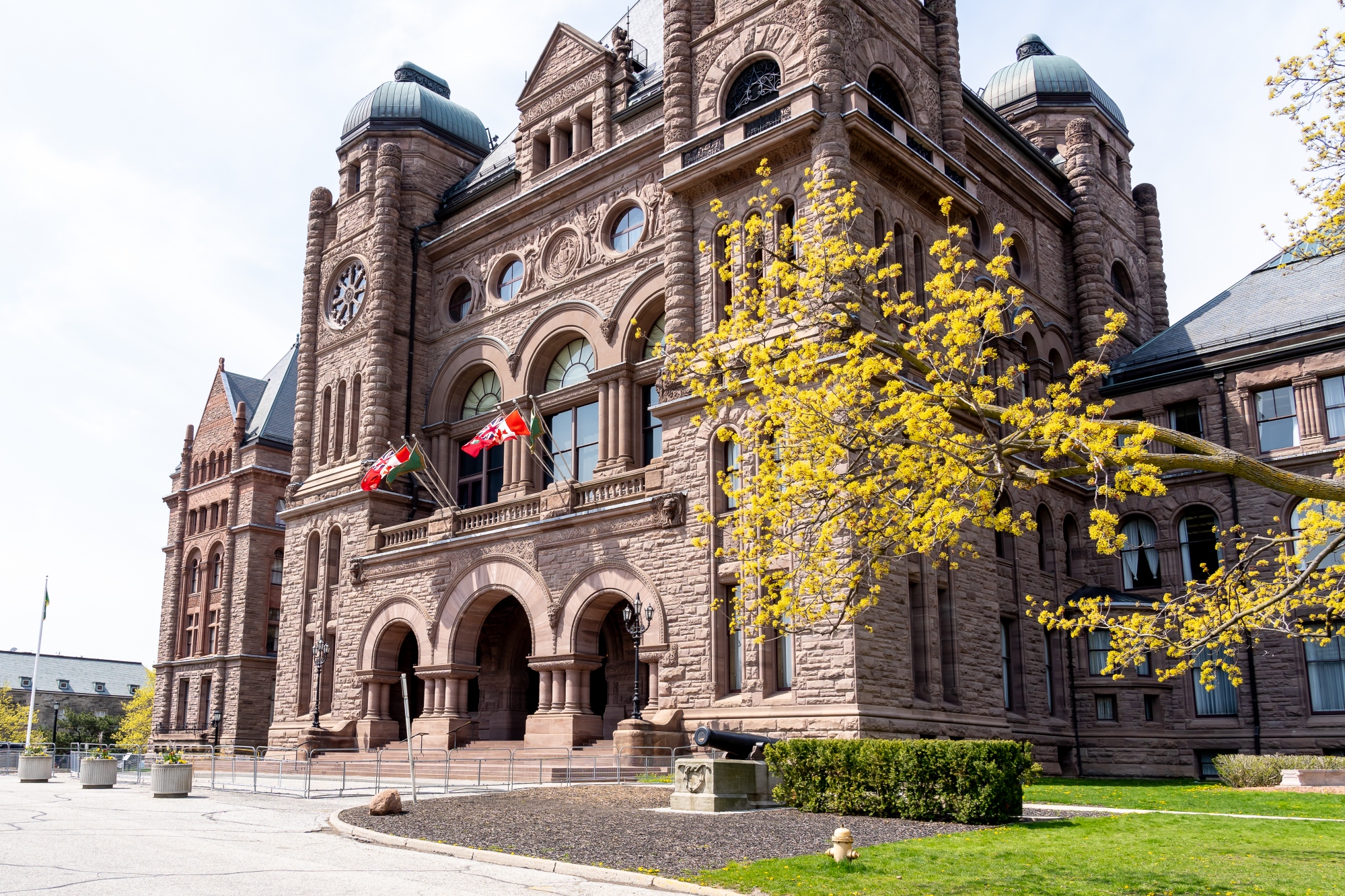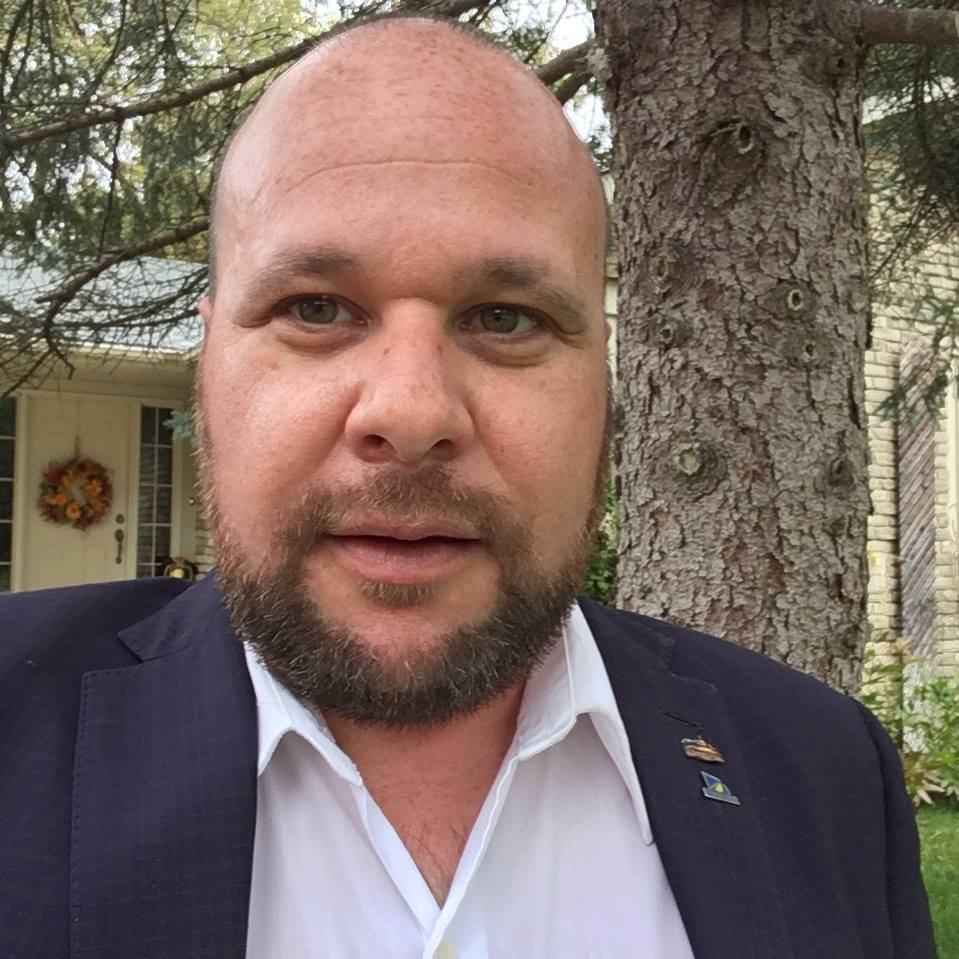OMSSA Report on the 2021 Fall Economic Statement
OMSSA Report on the 2021 Fall Economic Statement
By Darryl Wolk
November 2021

Today, Ontario Finance Minister Peter Bethlenfalvy delivered the Ontario Government’s 2021 Fall Economic Statement. The campaign style speech and response sets the tone for the upcoming 2022 Ontario Election expected on or before June 2nd.
The deficit for the 2021-22 fiscal year is projected to be $21.5 billion, $11 billion lower than projected in the budget delivered this past spring. It is also $5.1 billion higher than the deficit in 2020-2021. Ontario is still running large deficits by historical standards, but it is clear that spending is starting to slow with many one-time expenses expiring.
Minister Bethlenfalvy said that the government will focus on economic growth as opposed to painful cuts or tax hikes. The speech was divided into three themes of Protecting Our Progress, Building Ontario and Working for Workers. There were few surprises and limited new spending beyond what has already been announced outside of moving forward with Highway 413 and the Bradford Bypass. The speech seemed to shift from the emergency pandemic response and towards Ontario’s economic recovery.
Impact to OMSSA Members:
OMSSA members will be disappointed that there was no mention of an extension of the Social Services Relief Fund beyond March 31, 2021. The Fall Economic Statement did highlight funding for hospitals, long-term care and mental health with most of the projects and funding previously announced. It was also clear from the speech that employment outcomes are important to the current government with a focus on training and the skilled trades. Support for municipalities focused on investments in infrastructure.
Protecting Progress:
Ontario currently has a high vaccination rate and low case count per-capita compared to other provinces and jurisdictions internationally. The government focused their attention on investing in hospital infrastructure projects in Grimsby, Windsor-Essex, Brampton, and Uxbridge. The Finance Minister also highlighted new standards in long-term care, investments in new and refurbished beds and additional hiring of nurses and PSWs.
What was not mentioned in today’s update includes: extending the temporary wage hikes for PSWs and RECEs, renewing the Social Services Relief Fund, Social Assistance Reform, Community Housing Renewal, Employment System Transformation, Community Safety and Well Being Plans, homelessness, supporting the child care sector with recovery and various emergency supports for small businesses.
Building Ontario:
As part of economic recovery, the Ontario Government decided to put their focus into infrastructure to support communities. Previous announcements were made and reiterated today on topics such as broadband internet access, public transit projects such as subway expansion in Toronto, the Hamilton LRT, GO Train expansion and bringing back the Ontario Northlander train to Timmins. The Province will double the Community Infrastructure Fund for rural and Northern communities. There will also be a $1 billion investment to build a road to the Ontario Ring of Fire to support mineral exploitation that would support electronic vehicles and batteries. Additionally, $2.5 billion has been allocated to roads, highways, and bridges across the province.
Working for Workers:
To support workers, the Fall Economic Statement highlighted the recent announcement to increase the minimum wage to $15 per hour effective January 1, 2022. The minimum wage will also be tied to the Consumer Price Index (CPI) as of October 2022. There was also a focus on promoting the skill trades and investing in training and skills development and highlighted supports for the manufacturing sector, specifically the automotive sector with investments in electronic vehicles. There is also a new "staycation" tax credit to support the hospitality and tourism sectors. Opposition parties were critical that there was no mention of the early years and child care deal that would support economic recovery and address the "shecession.
Opposition Responses:
The opposition parties also had a campaign style tone in their responses to the Minister’s speech. All three opposition parties had a similar message in their criticisms. The NDP and Liberals also highlighted in their responses that there was no mention of the federal-provincial child care deal. Minister Lecce and Minster Gould had a meeting yesterday on that issue signaling negotiations are ongoing. The Liberals, NDP and Greens were also critical about the lack of rate increases for Ontario Works and ODSP recipients. All three opposition parties oppose Highway 413 and the Bradford Bypass while expressing disappointment with the lack of action on climate change. Opposition parties also wanted to see more investment into health and education and affordable housing.
Budget 2022 and Upcoming Election:
As we approach the provincial election date, the campaign is starting to heat up. This spring the Ontario Government will deliver its 2022-23 budget that will also be their re-election platform. It is likely we will see a rush to pass outstanding legislation and move forward on previously announced initiatives prior to the end of the legislative session. Once the provincial budget is delivered in the spring, all parties will be in election mode with no major changes expected until after the vote takes place. As we get closer to the election, OMSSA will consult with members, update our policy positions and prepare to ramp up advocacy on our provincial priorities.
About the Author
 Darryl Wolk is Manager of Policy Development and Public Affairs for the Ontario Municipal Social Services Association. Darryl started with OMSSA in 2017. He has over ten years of government relations experience and graduated with an MBA from the University of Windsor in 2004. Darryl appreciates the opportunity to advocate and consult with Ontario’s municipal service managers, province and federal government to advance priority issues in the health and human services sectors.
Darryl Wolk is Manager of Policy Development and Public Affairs for the Ontario Municipal Social Services Association. Darryl started with OMSSA in 2017. He has over ten years of government relations experience and graduated with an MBA from the University of Windsor in 2004. Darryl appreciates the opportunity to advocate and consult with Ontario’s municipal service managers, province and federal government to advance priority issues in the health and human services sectors.